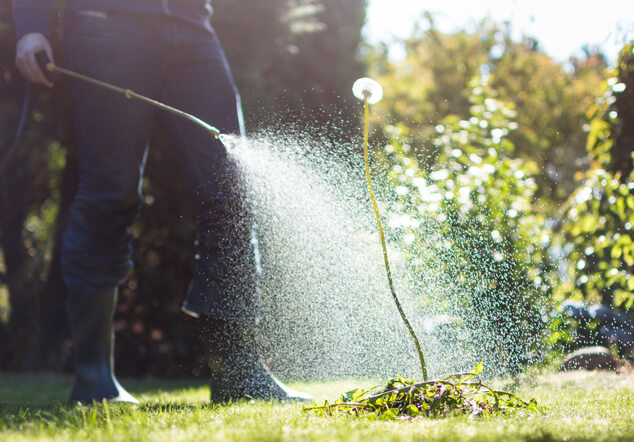Have you noticed the nasty orange blobs forming on your junipers? This is a disease called cedar apple rust that is host specific to Junipers and crabapple trees. It is a huge problem in this area because both of these plants are arguably the most commonly planted trees due to their hardiness to our soil and climate. The article below from K-State will give you some info on ID and treatment. Let me know if you have any questions.
“Symptoms of cedar-apple rust on flowering crabapple and apple are easily identified. In late spring or early summer, bright, yellow-orange spots approximately 1/8 to 1/4 inch in diameter form on the upper surface of leaves. These spots gradually enlarge and turn orange.
Small black fruiting structures (pycnia) of the fungus form in the center of the lesion. An orange gelatinous matrix often may be seen oozing from the fruiting structures during wet weather. Eventually, an orange, cup-like fungal structure (aecium) forms on the bottom surface of the leaf directly beneath the lesion on the upper surface. This structure has small, tube-like projections in which dusty-orange spores of the fungus are produced. Symptoms of cedar-hawthorn rust are similar to those described. Cedar-quince rust does not affect leaves, but does occur on young twigs and fruit.
Leaves with numerous spots drop during the summer. Premature defoliation weakens the tree and reduces fruit set and yield the following year. Trees with severe defoliation also are susceptible to other diseases. Cedar-apple and cedar-quince rust may cause fruit lesions. Diseased fruits develop deep pits or become distorted and usually drop before harvest.
On Juniper
Both cedar-apple and cedar-hawthorn rusts produce reddish-brown galls on the twigs of juniper. These woody galls usually are ½ to 2 inches in diameter. In early April, galls swell and produce orange, one-inch long, gelatinous tendrils. The tendrils remain on the galls through May. Trees with numerous galls are easily identified by their bright orange cast during rainy weather. The galls of cedar-apple rust last only one season; the spent galls dry and fall from the tree during the summer months. The galls of cedar-hawthorn may last for several years. The cedar-quince rust produces perennial, cigar-shaped galls on the twigs and branches of juniper. For more details concerning the disease on juniper see the fact sheet at:” – KState research and extension 9/1/06
Aspen Lawn & Pest Control – Landscaping Company in Overland Park
As an Overland Park lawn fertilization company and lawn seeding company in Overland Park, we handle every facet of lawn care. Aspen provides our customers with lawn mowing services, lawn fertilization, landscaping design, landscape maintenance in Overland Park. We are also an industry-leading pest control company in Overland Park. Whether you’re looking for flea and tick control, Mosquito Armor®, treatment for pests infecting your trees or shrubs, or need indoor pest control in Overland Park to remove ants, spiders, and insects, Aspen can help!

Contact us today if you need a sprinkler installation in Overland Park or lawn care in Overland Park.
Our Overland Park pest control company is here to help! From spider control to mosquito control in Overland Park!
Aspen Lawn and Pest Control
Kansas City and Overland Park, KS
1265 N Winchester St.
Olathe, KS 66061


Socials